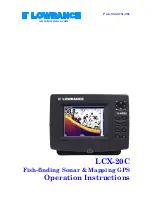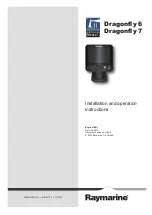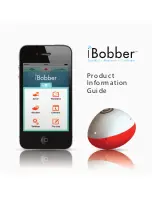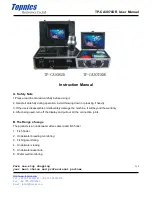
7
erase 'em and record new ones, over and over again. Like any computer
file, these
GPS Data Files
(file format *.usr) can be shared between
other Lowrance GPS or sonar/GPS units and even personal computers.
Your unit has one more thing in common with a personal computer.
Just as computers have a floppy disk drive for storing and exchanging
files, this unit has a slot for an MMC (MultiMedia Card) or SDC
(Secure Digital card) flash memory card. These solid-state memory
devices are about the size of a postage stamp, but can hold data ranging
from 8 MB to 1 GB in size. (Compare that to a floppy disk's 1.44 MB
capacity!) The unit uses all that MMC space for two key GPS purposes.
(The MMC is also used to record sonar logs. See page 5.)
First, you can backup your onboard GPS Data Files by copying them to
the MMC. Since the MMC is removable (like a floppy disk or a cassette
tape), you can store these GPS Data Files on a personal computer
equipped with an MMC card reader. (Or store them on a pocketful of
MMCs, if you don't have a computer.) Our MapCreate mapping software
can save, edit or create its own GPS Data Files, which can be copied to
the MMC and then loaded from the MMC into the unit's memory.
(
NOTE:
No matter where they come from, GPS Data Files
must
be
loaded from the MMC into memory before the unit can use them.)
The other key GPS use for MMCs is storage of special high-detail,
custom maps, which you can produce on your computer with our
MapCreate software. These MapCreate custom maps contain much
greater detail than the basic background map. These
Custom Map
Files
(file format *.lcm) can also be shared between other Lowrance
GPS or sonar/GPS units and personal computers. (For example, the
exact same MMC, custom map files and GPS data files can be used
interchangeably between your gimbal-mounted LCX-20C and the hand-
held iFINDER
GPS receiver.)
The unit automatically reads Custom Map Files directly from the MMC
or SDC. To use a custom map, all you need to do is slide an MMC
containing a map into the unit.
Introduction to GPS and WAAS
Well, now you know the basics of how the unit does its work. You might
be ready to jump ahead to Section 2,
Installation & Accessories,
on page
11, so you can mount your unit and plug in the power. Or you might
want to see how our text formatting makes the manual tutorials easy to
skim. If that's the case, move on to "How to Use This Manual" on page
10. But, if you want to understand the current state of satellite
navigation, look over this segment describing how GPS and its new
companion WAAS work together to get you where you're going.
Summary of Contents for LCX-20C
Page 98: ...90 Notes...
Page 102: ...94 Notes...
Page 186: ...178 Notes...
Page 192: ...186 Notes...
Page 193: ...187 Notes...
Page 194: ...188 Notes...

































